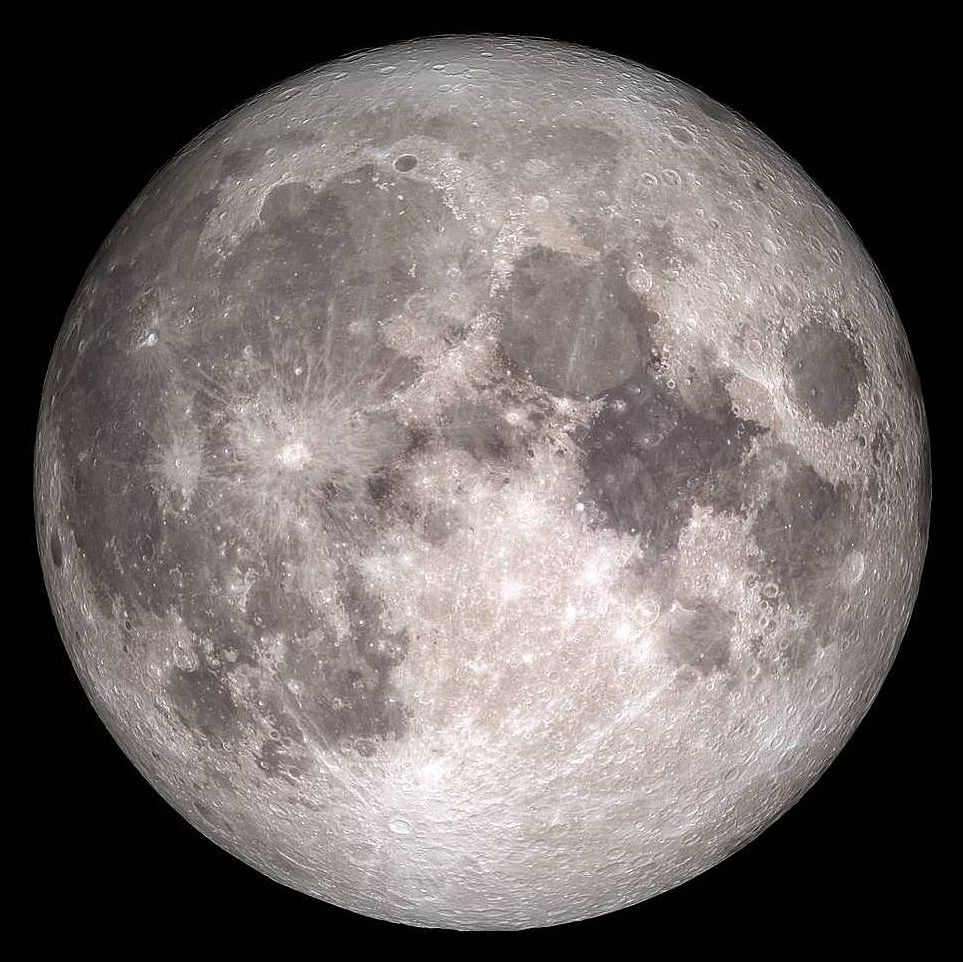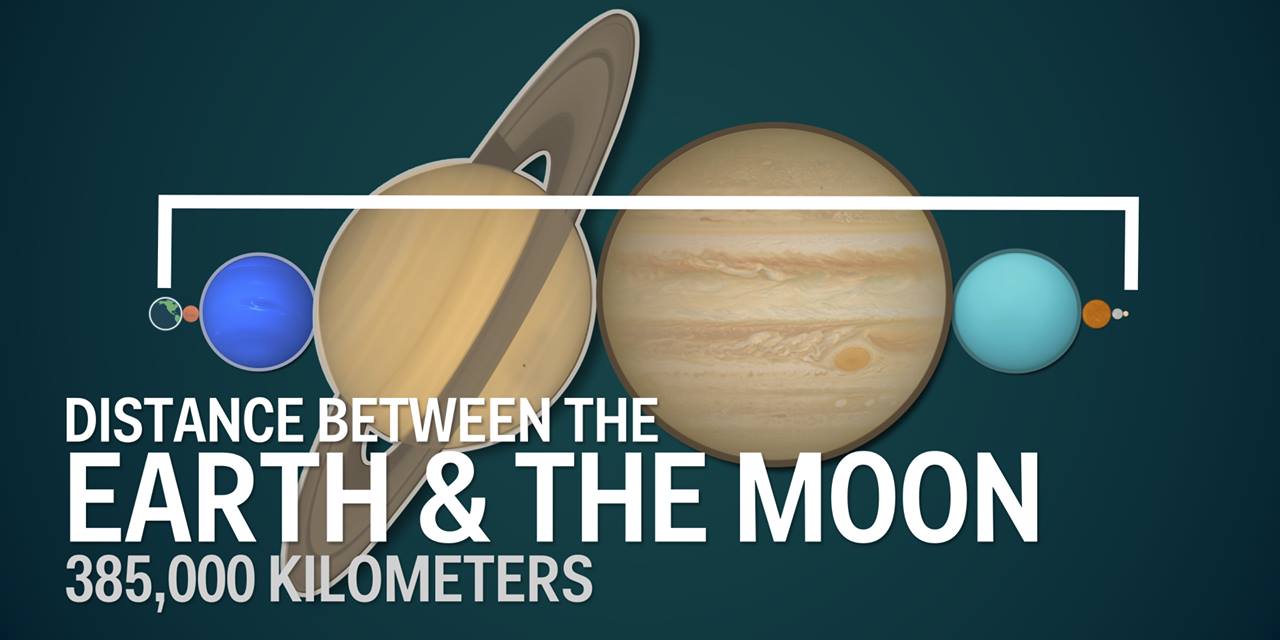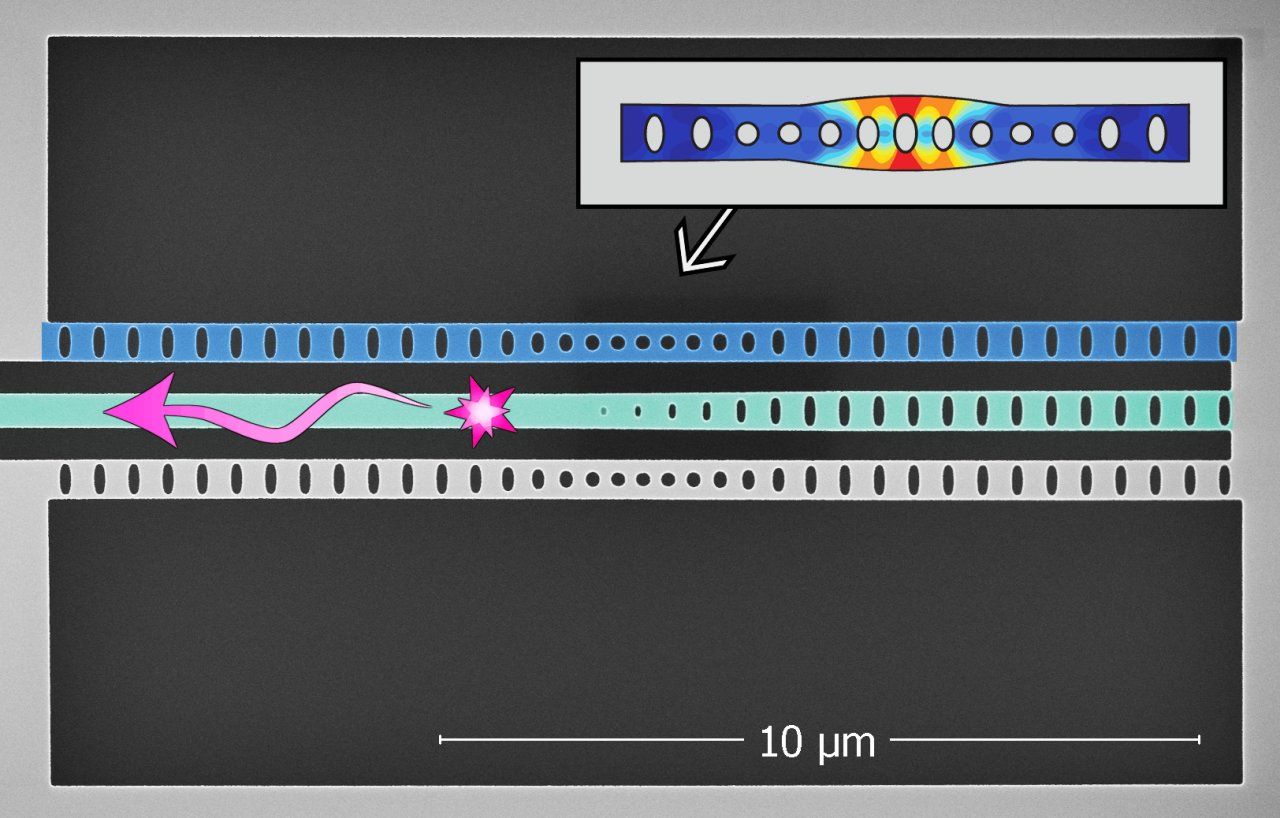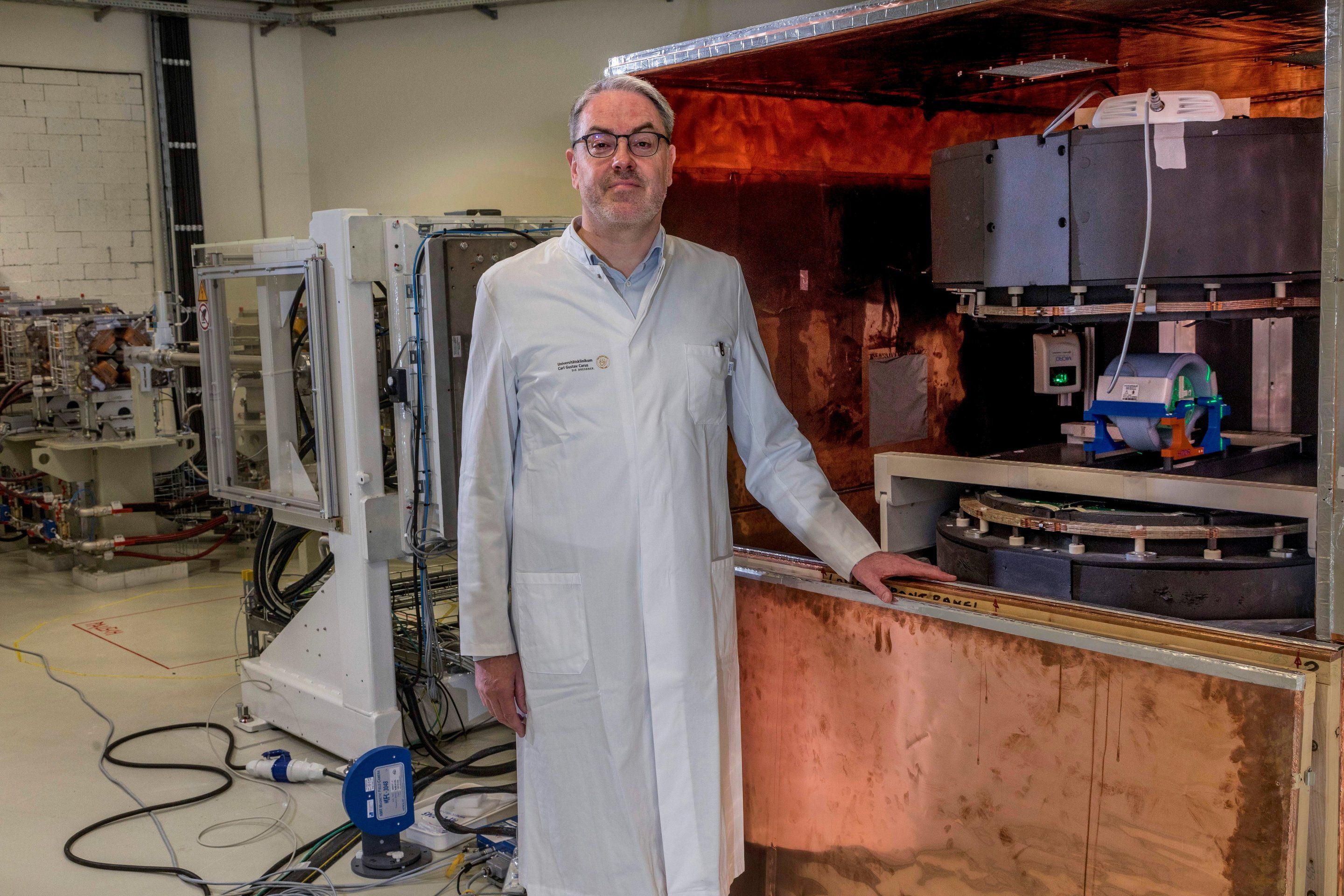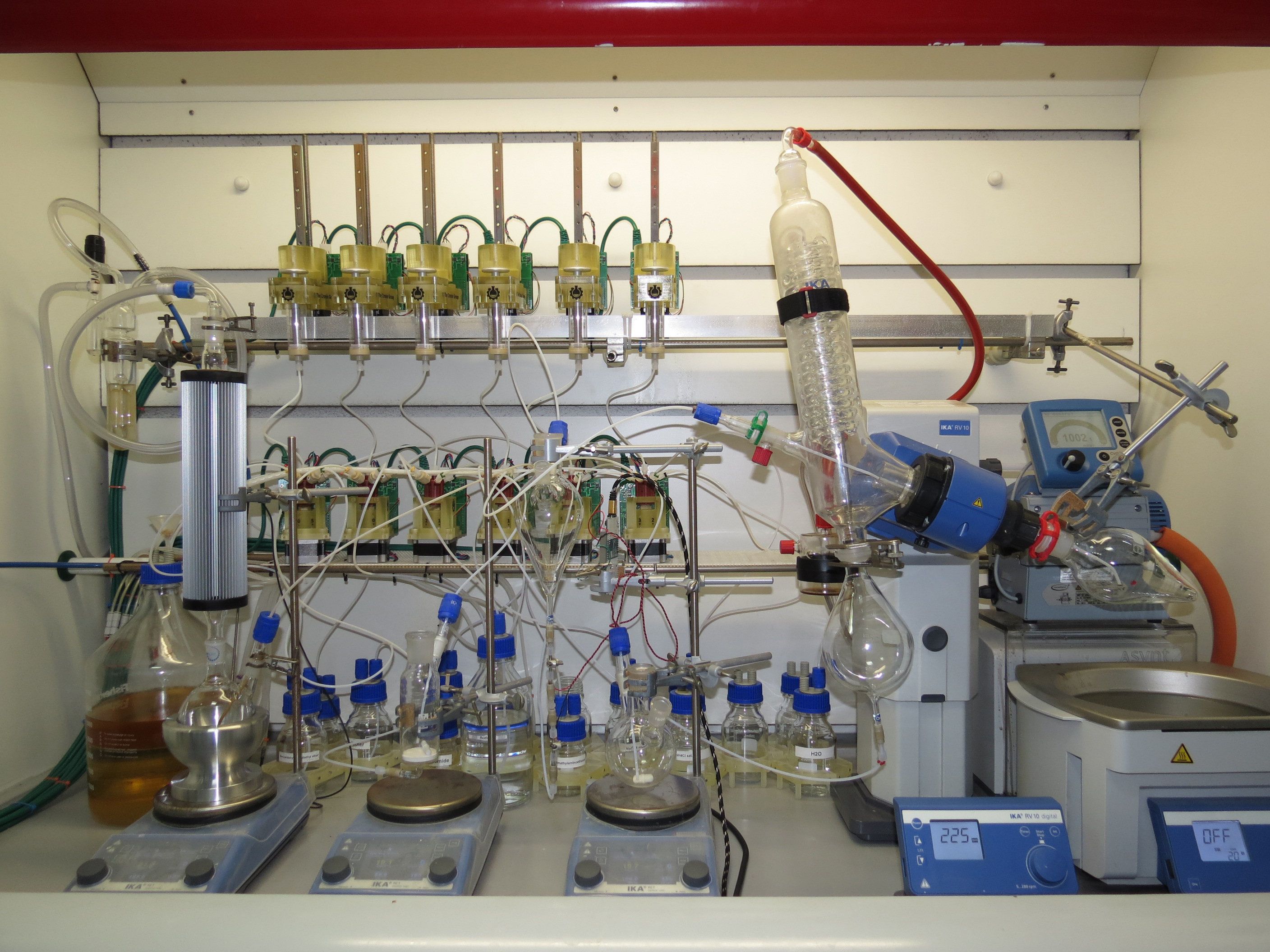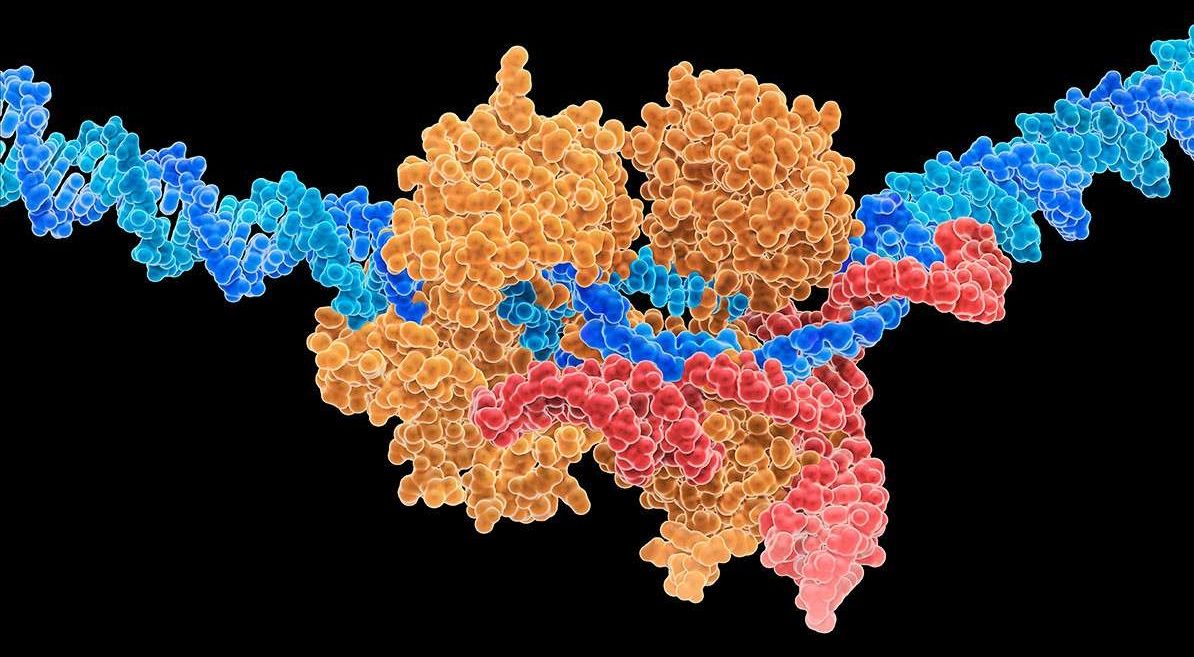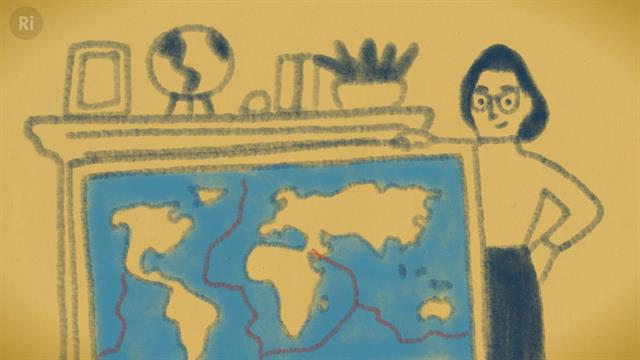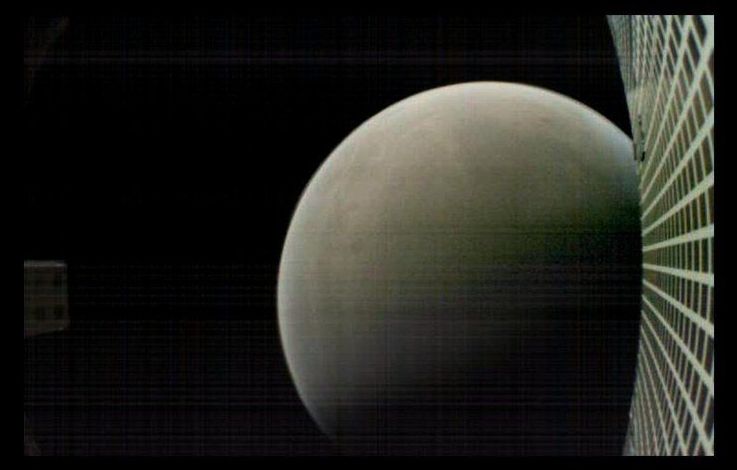We are making tangible progress in America’s return to the Moon’s surface to stay. The innovation of America’s aerospace companies, wedded with our goals in science and human exploration are going to help us achieve amazing things on the Moon and feed forward to Mars.
Nine U.S. companies now are eligible to bid on NASA delivery services to the lunar surface through Commercial Lunar Payload Services (CLPS) contracts, as one of the first steps toward long-term scientific study and human exploration of the Moon and eventually Mars.
These companies will be able to bid on delivering science and technology payloads for NASA, including payload integration and operations, launching from Earth and landing on the surface of the Moon. NASA expects to be one of many customers that will use these commercial landing services.
“Today’s announcement marks tangible progress in America’s return to the Moon’s surface to stay,” said NASA Administrator Jim Bridenstine. “The innovation of America’s aerospace companies, wedded with our big goals in science and human exploration, are going to help us achieve amazing things on the Moon and feed forward to Mars.”
